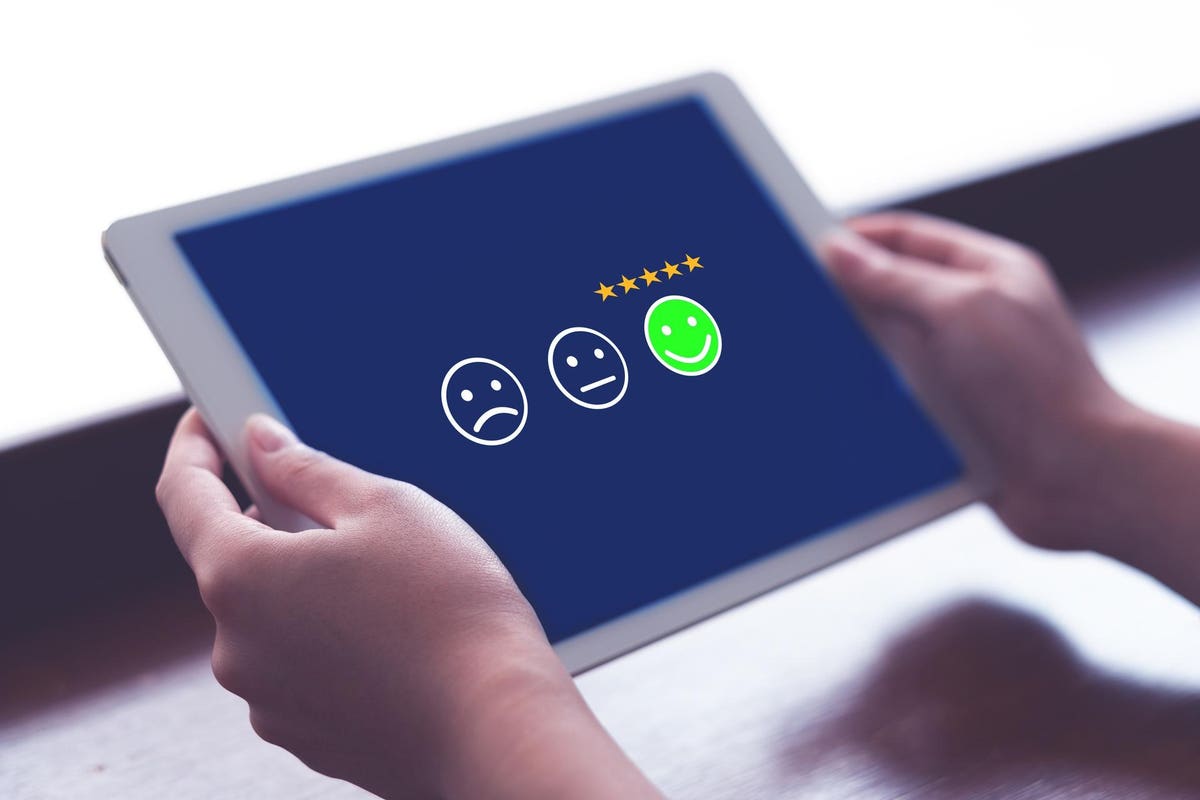By Abdulmuhsen Fakih, CEO & Founder of Systemize It, a 360° Sales and Marketing automation company.
Today, clients expect plenty more than just a product or service. We live in a time where people increasingly view products and services as commodities. Customers expect an experience along with whatever they have purchased. While customer service is an essential part of a customer’s experience (CX), it is only the tip of the iceberg. Before we dive deeper, let’s look at the data:
• According to Forrester research (via Retail Customer Experience), brands that do best with CX bring in 5.7 times more revenue than their counterparts who lag in this area.
• On average, 2016 McKinsey research found that CX optimization campaigns achieve up to 10% revenue growth and 25% in cost reductions within two or three years.
• Research published in the Harvard Business Review found that “customers who had the best past experiences spend 140% more compared to those who had the poorest past experience.”
Understand CLTV
The first step in improving CX at your business is knowing your customer lifetime value (CLTV). CLV is a measure of how much revenue a customer brings in throughout their relationship with your business. It is important to understand this metric for two reasons:
1. Knowing how much you are able to spend per customer on improving your CX.
2. Assessing the effectiveness of your CX optimization campaign later down the line.
For example, if your average CLTV is $10.65, spending a few dollars on sending a Christmas postcard every year would not be worth it. (There are plenty of other cost-effective solutions—keep reading). But if your average CLTV is $25,000, it would make a lot more sense to spend more on fostering those relationships.
Map Your Customer Journey
Visualize exactly what your customers go through by creating a customer journey map. It will be helpful if you go through the buying process yourself. Document everything from your customer’s point of view; make sure to include all details, including emails, texts, reminders and any other touch points. Get in touch with your customer service, give them a hard time and evaluate your experience.
Optimize Your Customer Journey
Before considering new additions to your customer journey, make sure your current one is flawless. Here are a few tips:
1. Assess your current customer journey. The journey should be easy to move through, clear and intuitive. Leverage notifications and always make your support page accessible.
2. Always onboard your customers. Welcome them, clearly list what they should expect, and guide them through their next steps. It can be a quick quiz, video or email sequence.
3. Always offboard your customers. In fact, as one Forbes contributor explained, offboarding customers may be as important as onboarding them. Depending on your product or service, offboarding can involve a simple survey, video or call. Offer customers a discount, down-sell, upsell or coupon to retain them. If you’re offering a subscription service, you can give clients the option to pause their service on your cancellation page. This can incentivize them to continue being your customer.
4. Give your customer service team the power to make decisions. The last thing a frustrated customer wants to hear is: “I’ll raise this to my supervisor and they’ll get back to you.”
5. Shorten the time to the client’s desired outcome. Every customer makes a purchase with an outcome in mind. Try your best to deliver that outcome as soon as possible. This can mean delivering a product within 24 hours of purchase, completing service within 2–3 business days or emailing access to a membership or course instantaneously.
6. Personalize everything. According to McKinsey, “Companies that grow faster drive 40 percent more of their revenue from personalization than their slower-growing counterparts.” Addressing your customers by their first name in communications, making recommendations based on their preferences (which you should collect during their onboarding process) and celebrating their milestones are a few easy ways to add personalization to your customer journey.
Surprise Your Customers
Always underpromise and overdeliver. It might be tempting to showcase all the great aspects of your product or service, but hold back. You can deliver a product in five days? Tell them 10 days. You can deliver a B2B service that includes 10 deliverables in 90 days? Tell them “one year for eight deliverables” and throw in the other two. This will give you a wider margin in case anything goes wrong. It also helps ensure that your customers will always be pleased with your service. If your CLTV is high enough, you can send them personalized postcards on holidays, gift cards for coffee or dinner, or “client anniversary” letters. All of this can be completely automated.
Measure
Religiously track your KPIs in order to assess the effectiveness of your CX campaign. A few major KPIs to look at are revenue growth, CLTV, revenue increase per CX dollar spent and percent of happy customers (which you can measure through feedback surveys).
Key Takeaways
• Customer experience (CX) can be a major revenue driver.
• Customer lifetime value is what will determine how much you are able to spend on CX.
• Start your CX improvement journey by mapping your customer journey.
• Before introducing improvements to your CX, optimize your current customer journey.
• Surprise your customers.
• Measure CX KPIs.
Forbes Business Council is the foremost growth and networking organization for business owners and leaders. Do I qualify?
Read the full article here





